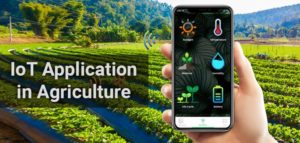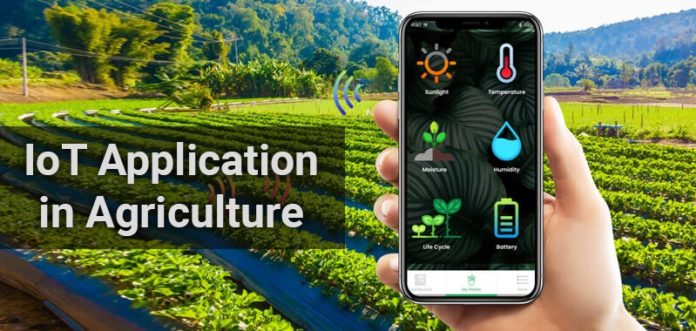- In India, nearly 70% of the population is employed in agriculture.
- Therefore, it is vital for this sector to thrive in order for the entire economy to prosper.

Agriculture is considered to be the main source of livelihood in developing countries including India. Agriculture is also the provider of food grains and raw materials upon which the rest of the nation’s population depends on for its sustenance.
Unfortunately, many farmers still prefer to utilise traditional methods of agriculture. This not just results in a low yield of both crops and fruits, but in the long run also hampers the economic growth.
It is a widely known fact that wherever automation has been implemented, the agricultural yield has significantly improved. This calls for a need to put modern technology into place in India for agriculture and weed out redundant practices such as spraying of harmful amounts of insecticides and pesticides and improper storage of harvested crops due to lack of adequate facilities.
IoT to the rescue
To provide a solution to all these pressing problems, an integrated system that takes care of harvesting, cultivation and the post harvestingstage of the crops be developed. A great way to achieve that is to make agriculture ‘smart’ with the help of the Internet of Things (IoT).
This smart system can be powered with the help of photovoltaic panels. Next, a wireless sensor network can provide relevant data with respect to parameters like soil humidity and temperature and help in minimising the usage of water. After that, the incorporated sensors communicate that data with relay nodes via effective communication protocols.
This brings us to the communication system that relies on GPS connectivity for a mobile internet interface. This enables data inspection and scheduling of a timely irrigation of crops through a web page.
While this technology can play a crucial role in increasing the agricultural productivity , it will also simultaneously reduce the unnecessary manpower effort. The system provides precision irrigation remote control and has the advantage of being both a low cost and a wireless solution.
Advantages and disadvantages
The main disadvantages of this system are its high cost and the difficulty in deploying sensors under the soil as this causes weakening of the radio frequency signals.
Advantages undoubtedly include a faster and an improved crop yield that immensely benefits production statistics by leaps and bounds.









